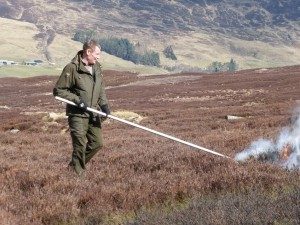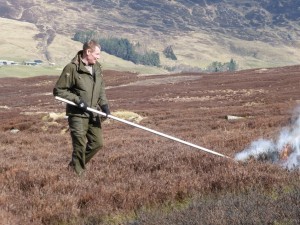 BASC has highlighted a 44-year study which recommends burning as a method of maintaining biodiversity on moorland.
BASC has highlighted a 44-year study which recommends burning as a method of maintaining biodiversity on moorland.
The New Journal of Botany has published details of the study, which examined changes in the flora of four Scottish moorland sites under moderate levels of grazing.
The research by the Edinburgh-based Centre for Ecology & Hydrology found that species numbers fell up to 35 per cent between the first and last recordings when there was an absence of heather burning on lower-level sites.
Dr Colin Shedden, BASC’s director Scotland, said: “This long-term study, over an impressive 43-44 years of observation, tested the hypothesis that without prescribed burning and with only moderate grazing there would be a decline in the number of plant species recorded.
“This was confirmed at three of the four sites (the fourth site was at a higher altitude) and each of these three sites also showed an increase in the height of the heather.
“The conclusion reached by the author was that ‘to maintain floral diversity in heathlands there needs to be regular burning’. Another conclusion could be that regular burning, on a 20-year rotation as happens elsewhere, is also required to ensure the heather does not become so tall and dense that it becomes a real risk for wild fire.”
BASC chairman Peter Glenser said: “Those who manage moorlands know that the burning of heather is beneficial. This report should be welcomed for adding more evidence to that weight of knowledge.”
